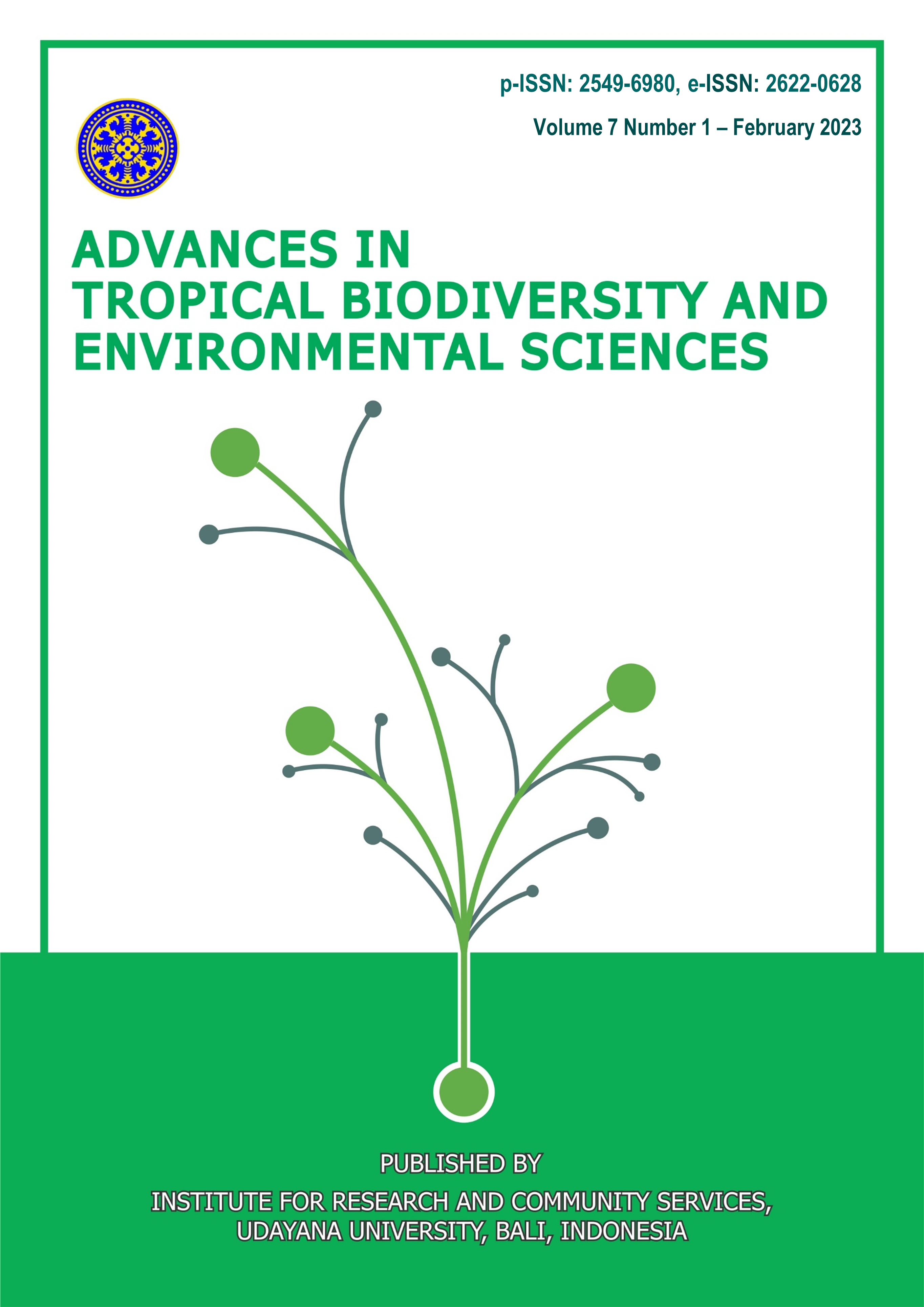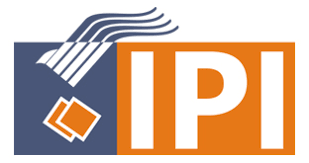Lead and Copper Heavy Metal Content in the Morosari Waters, Demak Region
Heavy Metal Content of Pb and Cu in the Waters of the Morosari Demak Region
Abstract
The utilization of river bodies as waste disposal has an impact on the entry of heavy metals into the sea. The Morosari estuary area is an estuary area, which consists of mangrove areas, tourist areas, and several industrial activities, both large-scale and household. This condition causes the entry of waste containing heavy metals lead (Pb) and copper (Cu) into the estuary area. This study aims to determine the content of heavy metals Pb and Cu in the estuary of the Morosari River. This research was conducted in April - June 2009 and took place in the Morosari River estuary, Demak Region. The research method used was a descriptive exploratory method, while the sampling was purposive. random sampling, to 3 stations. Water samples are taken every 2 weeks, and followed by an analysis carried out at the Growth Center Laboratory, Kopertis Region IV, Semarang. The data obtained were analyzed descriptively. Analysis results for Pb content in water: 0.039 - 0.089 and Cu content in water 0.024 - 0.055 mg/l. The value of heavy metal content in the water has exceeded the threshold.
Downloads
References
[2] Mahasri, G., Eshmat, M.E. & Rahardja, B.S. 2014. Analysis of Lead (Pb) and Cadmium (Cd) Heavy Metal Content in Green Mussels (Perna viridis L.) in Ngemboh Waters, Gresik Regency, East Java. Fisheries and Maritime Scientific Journal, 6(1): 101-108. DOI: 10.20473/jipk.v6i1.11387
[3] MENLH. 2004. Decree of the State Ministerfor the Environment. Number 51 of 2004. Regarding Guidelines for Seawater Quality Standards. Jakarta
[4] National Standardization Body. 2011. Determination of Pb and Cu Heavy Metal Levels in live crab (Scylla serrata) for consumption. SNI. No. 4108.1:2011. National Standardization Body. Jakarta.
[5] Nugraha, W.A. 2009. Heavy Metal Content in Water and Sediments in Socah and Kwanyar Waters, Bangkalan Regency. Journal of Marine Science and Technology, 2(2):158-164.
[6] Palar, H. 1994. Heavy Metal Pollution and Toxicology. Publisher P.T. Rineka Cipta. Jakarta. 152 pp.
[7] Palar, H. 2008. Heavy Metal Pollution and Toxicology. PT. Rineka Cipta. Jakarta. 61-71 pp.
[8] Priyanto, N., Dwiyitno, D., & Ariyani, F. (2008). Heavy Metal Content (Hg, Pb, Cd, and Cu) in Fish, Water, and Sediment in Cirata Reservoir, West Java. Journal of Postharvest and Marine and Fishery Biotechnology 3(1): 69.
[9] Suryabrata, S. 1991. Research Methods. Eagle Press. Jakarta. 13 pages
[10] Saraswati, SA, Boikh I Lebrina. 2021. Pb and Cu Heavy Metal Content in Sediments in Morosari Demak Waters. Papadak Maritime Journal, April 2021 Edition, Volume 2 Number 1.
[11] Saraswati, SA, Endang Wulandari Suryaningtyas, Ni Putu Putri Wijayanti. 2022. Heavy Metal Content of Pb and Cu in Wideng Crab (Episesarma sp.) in Morosari Water Demak Region. Advances in Tropical Biodiversity and Environmental Sciences6 (1):13-16.
[12] Sarjono, A. 2009. Analysis of heavy metal content of Hg, Pb and Cu in water and body tissue of green mussels (Perna viridis) in Kamal Muara, North Jakarta. Department of Water Resources Management. Faculty of Fisheries and Marine Science IPB. Bogor.
[13] Setiawan, H., Subiandono, E. 2015. Concentration of Heavy Metals in Water and Sediments in Coastal Waters of South Sulawesi Province. Indonesian Forest Rehabilitation. 3(1): 67-79.
[14] Viswanathan, C., Ramakrishnan, A.R., Selvanayagam, M., and Raffi, S 2013. Heavy metal levels in different tissues of the Blue Swimming crab (Portunus pelagicus, Portunidae) collected from Ennore Estuary. International Journal of Research in Fisheries and Aquaculture, 3(1): 1-6.
[15] Widowati, W. 2008. Toxic Effects of Metals in Prevention and Management Pollution. Yogyakarta: Publisher Andi.













